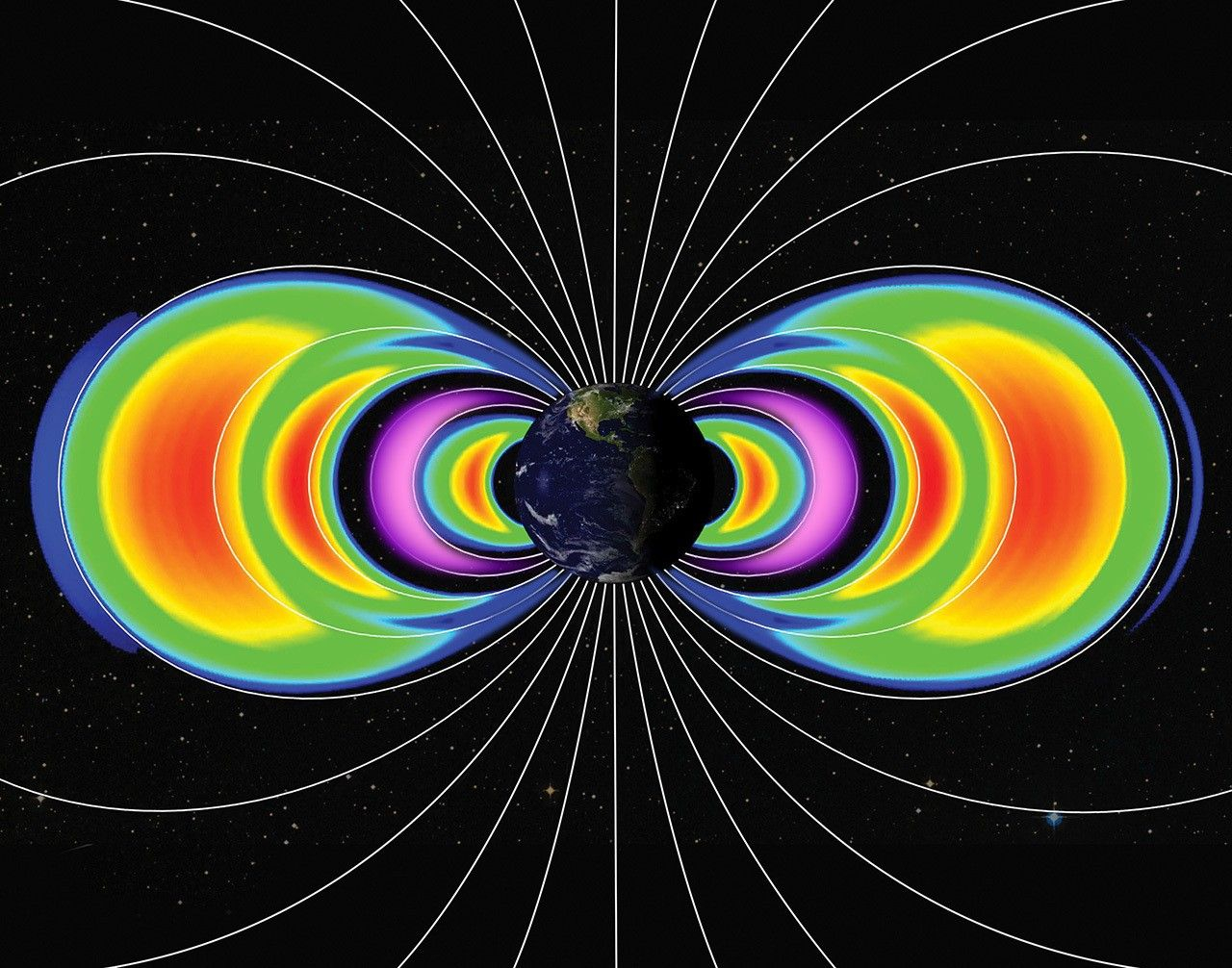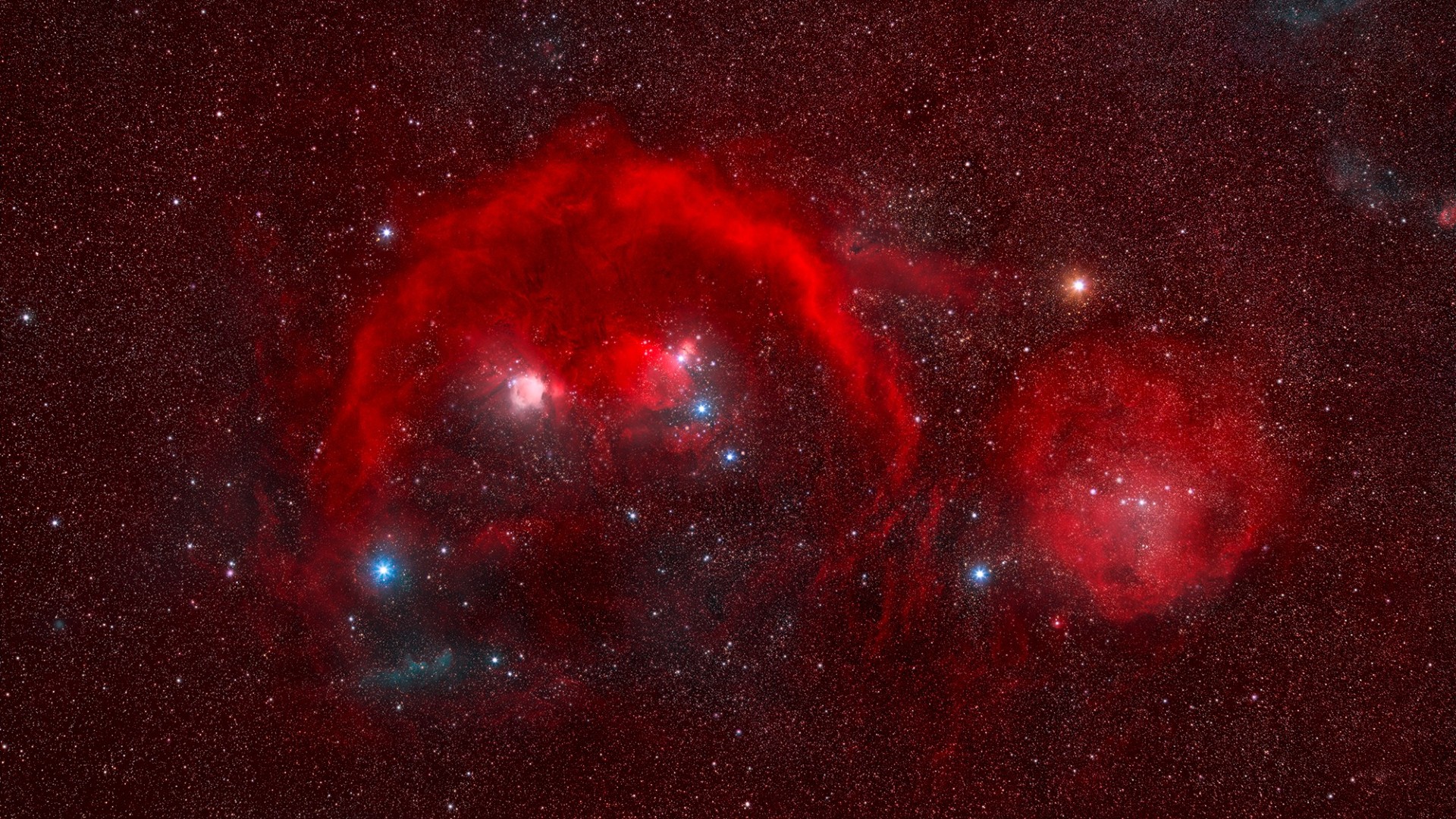Huge solar storm in May 2024 spawned 2 new radiation belts around Earth
The temporary belts, one of which still remains, were filled with high-energy electrons and protons and were found by a satellite that came back from the dead.

The great solar storm of May 2024, which sparked beautiful auroral displays over much of the world, also created two new radiation belts that were observed with a satellite that came back from the dead.
"This is really stunning," Xinlin Li, a professor at the Laboratory for Atmospheric and Space Physics at the University of Colorado, Boulder, said in a statement. "When we compared the data from before and after the storm, I said, 'Wow, this is something really new'."
May 2024 saw a series of powerful storms erupt from our sun, spewing clouds of charged particles into space and culminating in a dramatic display of aurora borealis (northern lights) and aurora australis (southern lights) — the result of the most powerful geomagnetic storm experienced on Earth since March 1989.
And NASA's Colorado Inner Radiation Belt Experiment (CIRBE) satellite had slept through the whole thing. Designed to study Earth's Van Allen radiation belts, CIRBE launched in April 2023 but fell silent in mid-April 2024 as the result of an onboard technical issue. It reawakened in June, and when it did come around, something had changed: Two brand-new radiation belts had appeared!
The Van Allen radiation belts contain charged particles held in place by our Earth's magnetic field. There are two permanent belts, but the appearance of a new temporary radiation belt between the two permanent belts following a solar storm is not unusual — such short-lived belts were first detected in 2013. What CIRBE found to be unusual about these two new belts following the May 2024 event was their composition and lifetime.
Usually, temporary belts that form following a solar storm are composed of high-energy electrons. One of the new belts found by CIRBE fit this pattern. However the other belt contained a substantial abundance of high-energy protons, too (protons are found also in the permanent radiation belts). Their presence in the new belt is believed to be the product of the intensity of May 2024's solar storms.
Temporary radiation belts also usually last for at most four weeks before dissipating, but the new belts found by CIRBE had much longer lifespans: The electron-dominated belt survived for three months after the solar storm, while the proton-dominated belt is believed to still be wrapped around Earth even now.
Breaking space news, the latest updates on rocket launches, skywatching events and more!
"These are really high-energy electrons and protons that have found their way into Earth's inner magnetic environment," said David Sibeck of NASA's Goddard Space Flight Center in Maryland. "Some might stay in this place for a very long time."
While solar storms can create new radiation belts like this, solar storms can also destroy them. A modestly powerful storm in June 2024 reduced the electron-dominated belt, and another storm in August 2024 almost wiped it out completely. The proton-rich belt remains because it is located in a more stable region where its protons are less vulnerable to being bumped out of orbit.
The existence of these temporary belts containing high-energy charged particles — the energy range of the electrons was 1.3 to 5 megaelectronvolts (MeV), and for the protons it was even greater at 6.8 to 20 MeV — could have repercussions for launching spacecraft through the Van Allen belts to reach geostationary orbit (which lies at an altitude of 22,236 miles, or 35,785 kilometers) or beyond. The charged particles contained within the belts can damage electrical components in satellites and spacecraft, while providing an extra radiation hazard for astronauts should they ever head back to the moon or venture on to Mars. To ensure the greatest safety at launch, some future missions, particularly those carrying a crew, may need to modify their launch plans or carry extra shielding following solar storms.

As for CIRBE, fate was nothing but ironic. While the effects of the May 2024 solar storm gave the cubesat one last shot at glory, it also spelled its doom. The storm injected a substantial amount of energy into Earth's upper atmosphere, inflating the thermosphere and increasing the atmospheric drag on the satellite. This slowed its orbit, causing it to drop down to increasingly lower altitudes. Eventually, it de-orbited and burned up in October.
The discovery of the two new radiation belts was published on Feb. 6 in the Journal of Geophysical Research: Space Physics.
Join our Space Forums to keep talking space on the latest missions, night sky and more! And if you have a news tip, correction or comment, let us know at: community@space.com.

Keith Cooper is a freelance science journalist and editor in the United Kingdom, and has a degree in physics and astrophysics from the University of Manchester. He's the author of "The Contact Paradox: Challenging Our Assumptions in the Search for Extraterrestrial Intelligence" (Bloomsbury Sigma, 2020) and has written articles on astronomy, space, physics and astrobiology for a multitude of magazines and websites.
